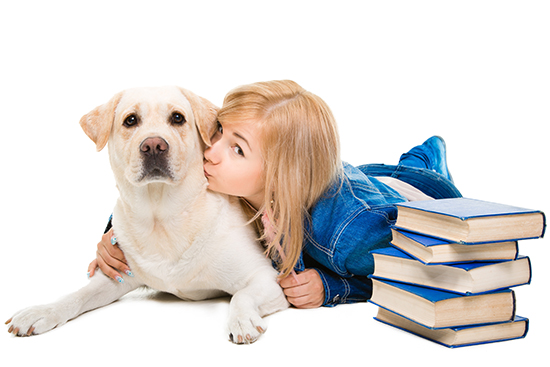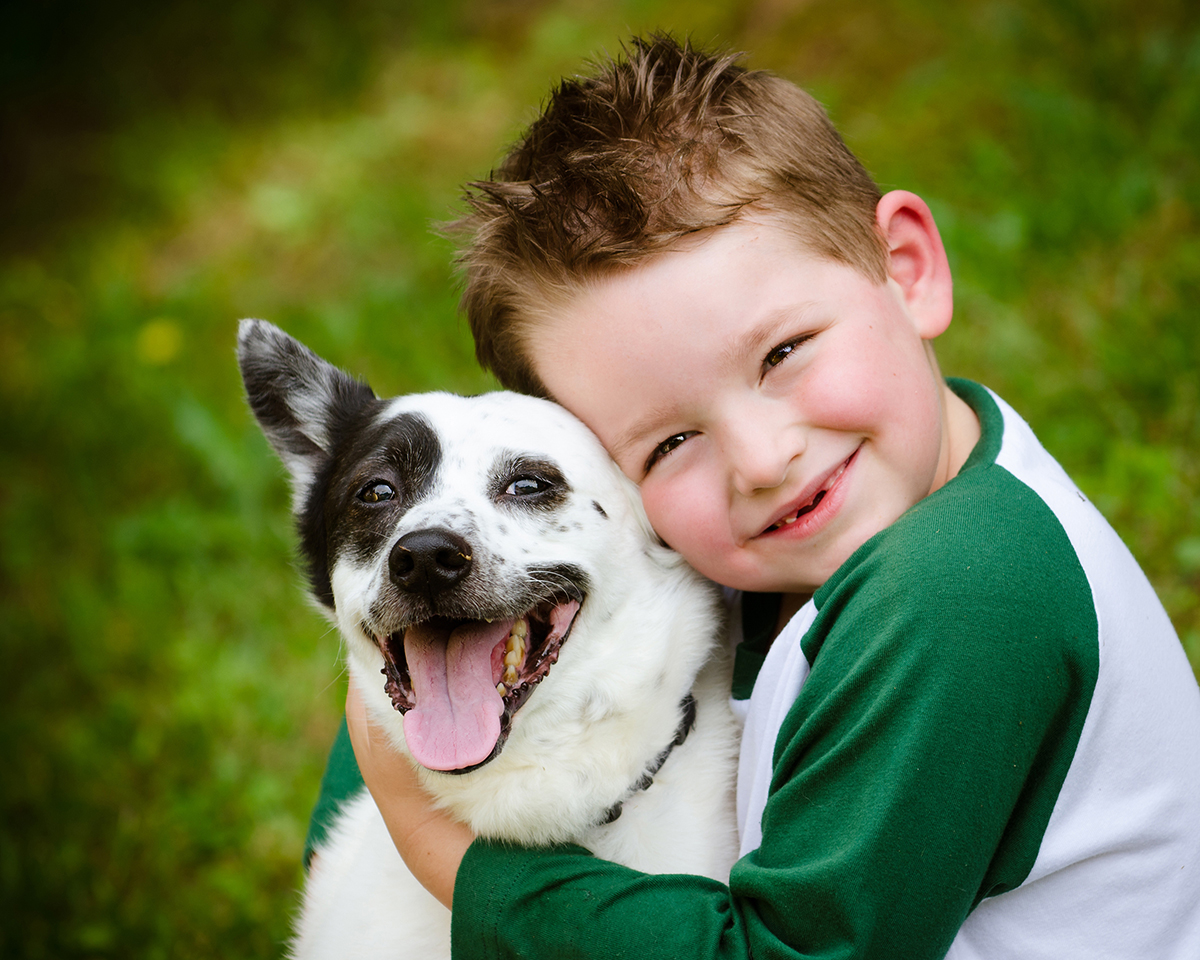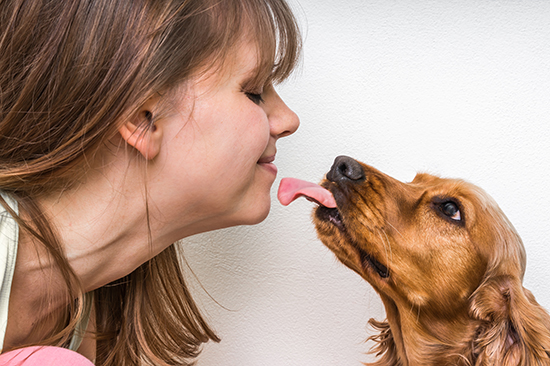Changes in Routine
 The back-to-school season can be a challenging time for pets. After a summer of constant companionship and attention, suddenly their human family members are gone for long stretches of the day. This sudden change in routine can lead to anxiety and stress for our furry friends. Fortunately, there are several effective strategies pet owners can implement to help their pets overcome the back-to-school blues. From creating a calm environment to providing mental and physical stimulation, this article will explore seven strategies that can make the transition easier for both pets and their owners.
The back-to-school season can be a challenging time for pets. After a summer of constant companionship and attention, suddenly their human family members are gone for long stretches of the day. This sudden change in routine can lead to anxiety and stress for our furry friends. Fortunately, there are several effective strategies pet owners can implement to help their pets overcome the back-to-school blues. From creating a calm environment to providing mental and physical stimulation, this article will explore seven strategies that can make the transition easier for both pets and their owners.
7 Effective Strategies to Help Your Pet Overcome the Back-to-School Blues
-
Understanding the Back-to-School Blues for Pets –
Pets can often experience a sense of loneliness and anxiety when their human family members go back to school or work after a period of constant companionship. This sudden change in routine can be difficult for pets to adjust to, especially if they have become accustomed to the constant attention and interaction during the summer months.
It’s important for pet owners to understand the back-to-school blues that their pets may experience. This can help them empathize with their pets and take the necessary steps to help them overcome this transitional period. Here are some key factors to consider:
-
Establish a Consistent Routine –
By establishing a consistent routine for your pet, you can help them adjust to the changes that come with the back-to-school period. This will not only alleviate their anxiety and loneliness but also contribute to their overall well-being. Stick to the routine and provide them with the love and attention they need, and soon your pet will overcome the back-to-school blues.
Animals thrive on predictability and having a structured daily schedule can provide them with a sense of security and stability.
3. Provide Mental Stimulation and Enrichment – Provide mental stimulation and enrichment for your pet is crucial in helping them overcome the back-to-school blues. Dogs, cats, and other pets thrive on mental engagement and need activities that challenge their minds and keep them entertained.
1. Interactive Toys: Invest in interactive toys that require your pet to solve puzzles or work for their treats. These toys engage their minds and provide entertainment and stimulation while you’re not around. Examples include treat-dispensing toys, puzzle feeders, or toys that require your pet to figure out how to get to the prize.
2. Training Sessions: Take advantage of the extra time you have with your pet during the back-to-school period to engage in training sessions. Learning new commands and tricks not only stimulates your pet mentally, but also strengthens the bond between you and your furry friend. Use positive reinforcement techniques, such as treats and praise, to make the training sessions enjoyable for your pet.
3. Hide-and-Seek Games: Play hide-and-seek games with your pet by hiding treats or toys around the house for them to find. This activity engages their sense of smell and encourages problem-solving skills. Start with easy hiding spots and gradually increase the difficulty level as your pet becomes more proficient.
4. Offer Comfort and a Safe Space
1. Create a Cozy Retreat: Set up a comfortable and quiet space in your home where your pet can go to relax and retreat when they need some alone time. This can be a designated corner with their bed, blankets, and toys, or even a crate or a quiet room. Make sure this space is away from any loud noises or distractions that may cause further stress.
2. Provide Familiar Scents: Place items with your scent, such as a t-shirt or a blanket, in your pet’s cozy retreat. Your scent can provide them with a sense of security and reassurance, especially when they are feeling anxious or lonely.
3. Play Relaxing Music: Playing soothing and calming music can help create a calming atmosphere for your pet. There are specific pet-friendly playlists available that are designed to reduce anxiety and promote relaxation. Experiment with different types of music to see which works best for your pet.
5. Gradual Exposure to Alone Time
1. Start with Short Periods: Begin by leaving your pet alone for short periods, such as 10-15 minutes. This will help them get used to the idea of being alone without becoming overwhelmed. Make sure to provide them with their cozy retreat and comforting items during this time.
2. Practice Departure Cues: Develop a consistent departure routine that includes cues signaling that you will be leaving soon. This can help your pet anticipate your departure and minimize stress. For example, putting on your shoes or grabbing your keys can become part of the routine.
3. Avoid Making Departures Emotional: When leaving your pet alone, avoid making a big emotional farewell. Keep your departure low-key and calm to prevent any additional anxiety. Similarly, when returning home, give your pet a few minutes to calm down before showering them with attention.
4. Utilize Technology: Consider using pet monitoring cameras or interactive toys that allow you to check on and engage with your pet remotely. These technological tools can provide reassurance and alleviate your pet’s anxiety by maintaining a connection with you even when you’re not physically present.
8. The Importance of Patience and Consistency
When helping your pet overcome the back-to-school blues, it is essential to emphasize the importance of patience and consistency. While it may be tempting to rush the process or seek immediate results, it is crucial to understand that overcoming anxiety and adjusting to new routines takes time.
Tips for practicing patience and consistency:
– Stick to a structured routine: Establish a consistent daily routine for feeding, exercise, playtime, and rest. This will provide your pet with a sense of stability and predictability.
– Use positive reinforcement: Reward your pet for calm behavior and successful coping mechanisms during the back-to-school transition. This can include treats, praise, and affectionate gestures.
– Provide a safe and comfortable space: Create a designated area where your pet can retreat to when feeling overwhelmed or anxious. Fill it with their favorite toys, blankets, and familiar scents.
– Practice gradual exposure: Introduce new elements of the back-to-school routine gradually, allowing your pet to acclimate at their own pace. For example, start by leaving them alone for short periods and gradually increase the duration.
Remember, each pet is unique, and the time it takes to overcome the back-to-school blues for pets may vary. By remaining patient and consistent, you are setting your pet up for success and helping them navigate the transition with confidence and ease.
Whitworth Animal clinic is located in Madison, Al and has pet patients from Madison, Decatur and Hunstville. Dr. Charles Whitworth has been a veterinarian for over forty years. If you want top-notch veterinary care, call Whitworth Pet Vet today. Whether your pet needs dermatological care or a heart check up, you need to meet the folks at Whitwoth Animal Clinic.







Leave A Comment